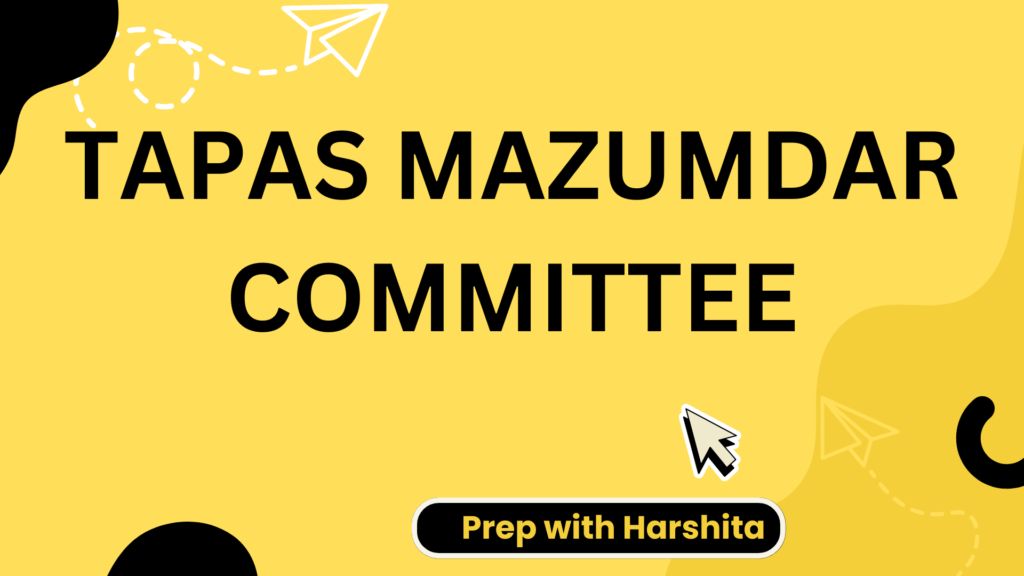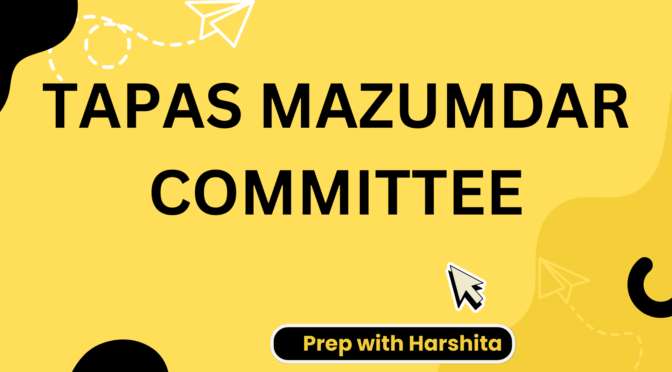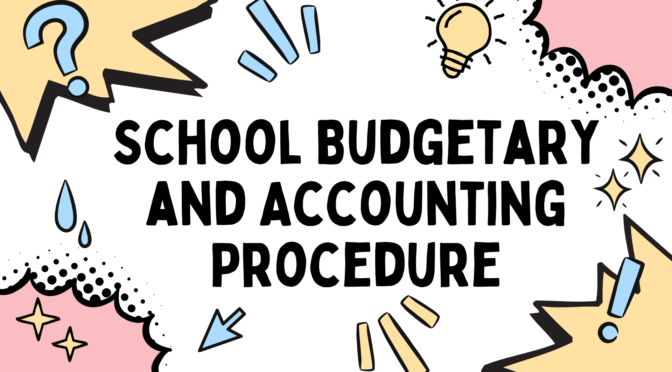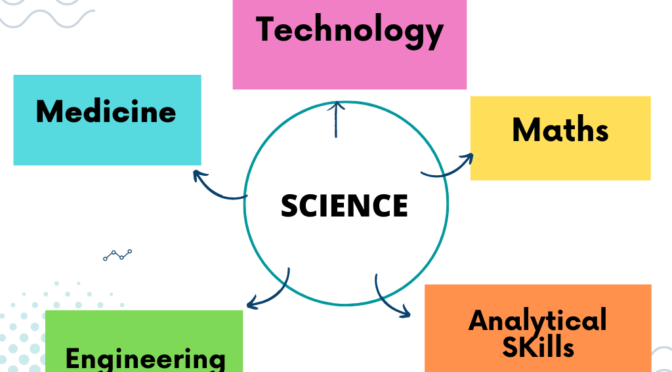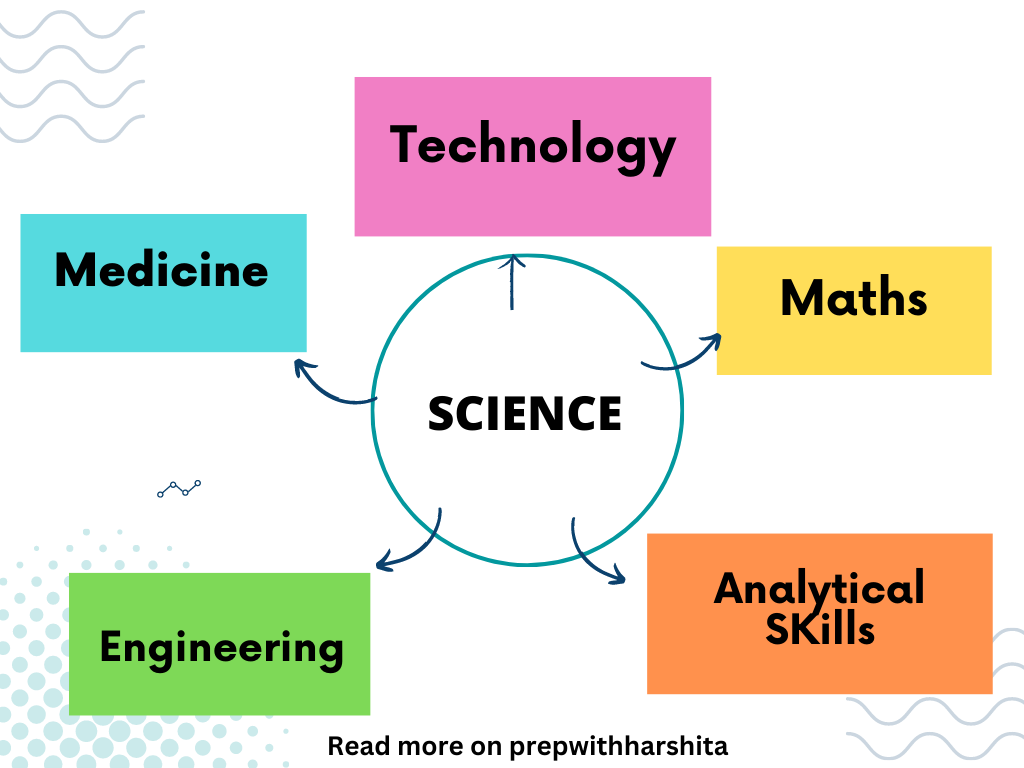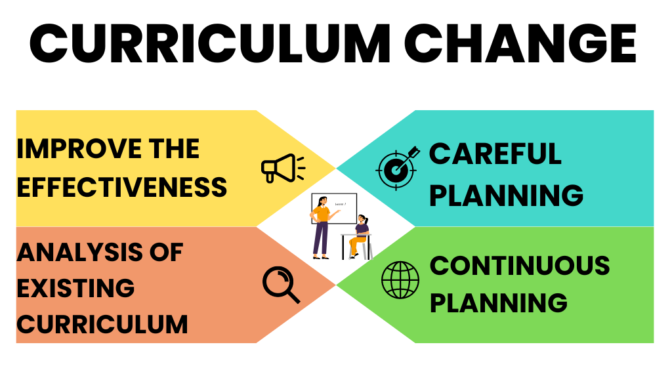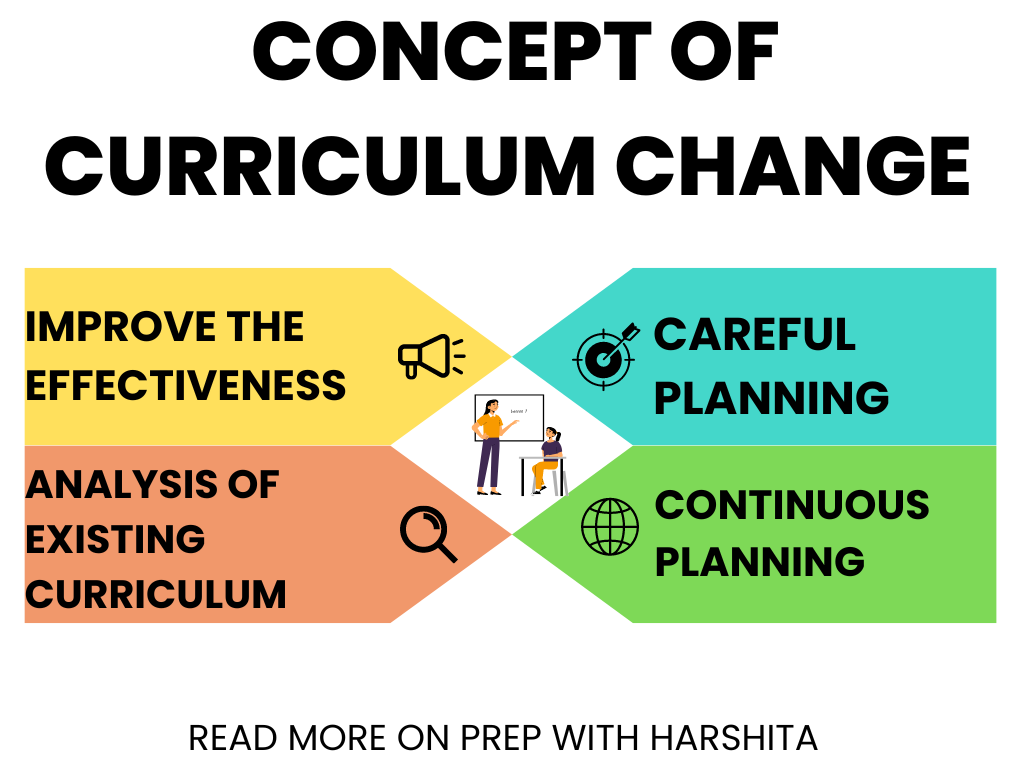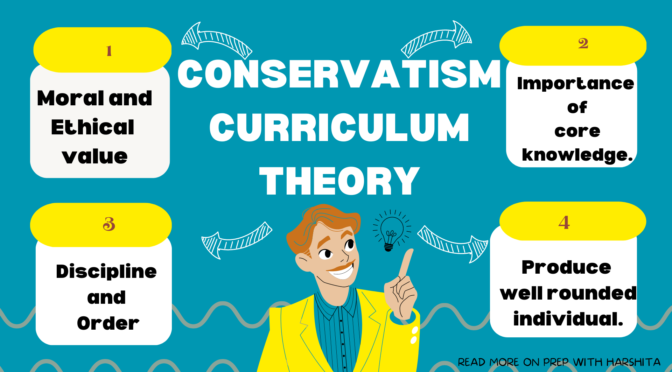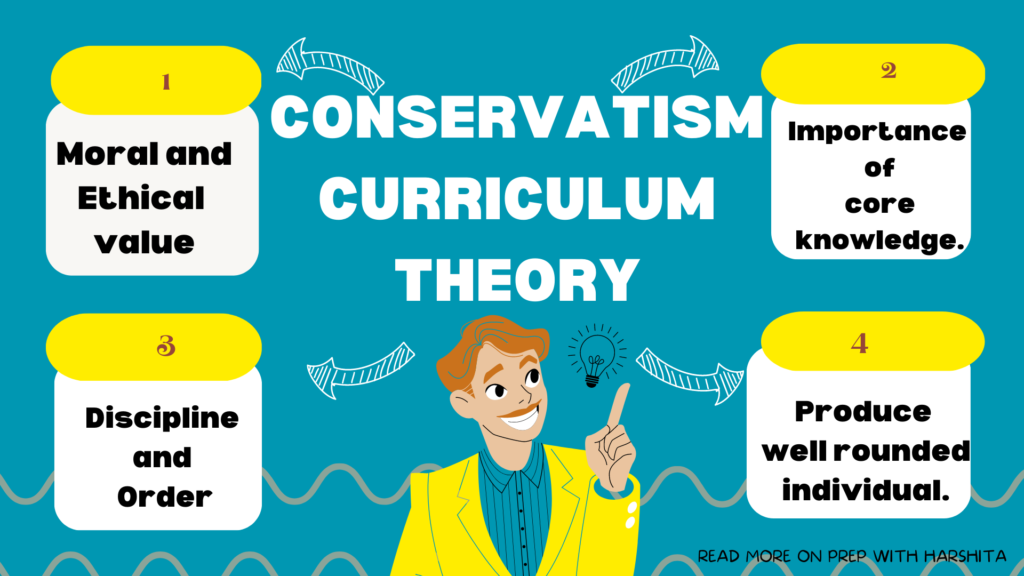The Tapas Mazumdar Committee was a committee formed in 1998 by the Government of India to review and recommend changes to the system of central government employees’ salaries and allowances.
The committee was chaired by economist Tapas Mazumdar, and its recommendations were intended to improve the efficiency and effectiveness of the government’s workforce by aligning salaries and allowances with the demands and responsibilities of the job.
- Functional Pay Structure: The committee recommended a new pay structure for central government employees based on the concept of “functional pay.” This structure would be determined by the level of responsibility and skill required for a particular job, rather than seniority or length of service.
- Consolidation of Allowances: The committee recommended the consolidation of various allowances and the introduction of new ones to better reflect the demands and challenges of modern government work. This included allowances for transportation, house rent, and children’s education.
- Performance-Based Incentives: The committee also recommended the introduction of performance-based incentives to encourage and reward excellence in government service. This included bonuses for exceptional performance and promotions based on merit.
- Pension and Retirement Benefits: The committee recommended changes to the pension and retirement benefits of central government employees to ensure that they were fair and adequate. This included increasing the amount of pension paid to retired employees and introducing a contributory pension scheme for new employees.
- Special Allowances: The committee recommended the introduction of special allowances for employees working in difficult or remote areas, as well as for those performing hazardous duties.
- Revision of Pay Scales: The committee recommended that pay scales be revised periodically to reflect changes in market conditions and cost of living.
- Improved Grievance Redressal: The committee recommended the establishment of a grievance redressal mechanism to address complaints and issues faced by government employees.
- Transparency and Accountability: The committee recommended greater transparency and accountability in the process of determining salaries and allowances for government employees. This included the establishment of an independent pay commission to periodically review and recommend changes to the system.
